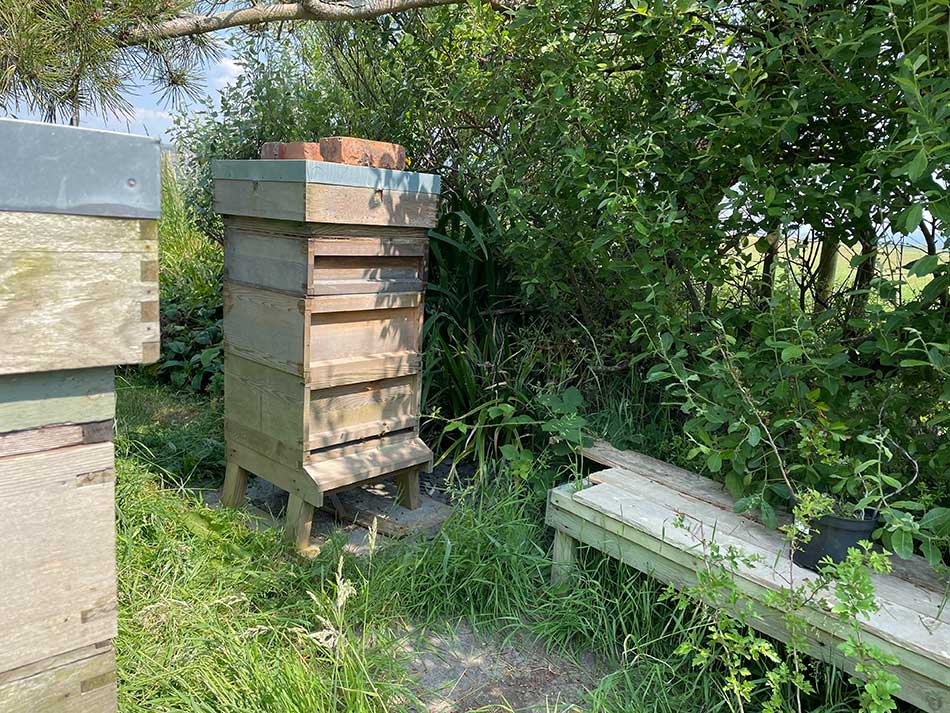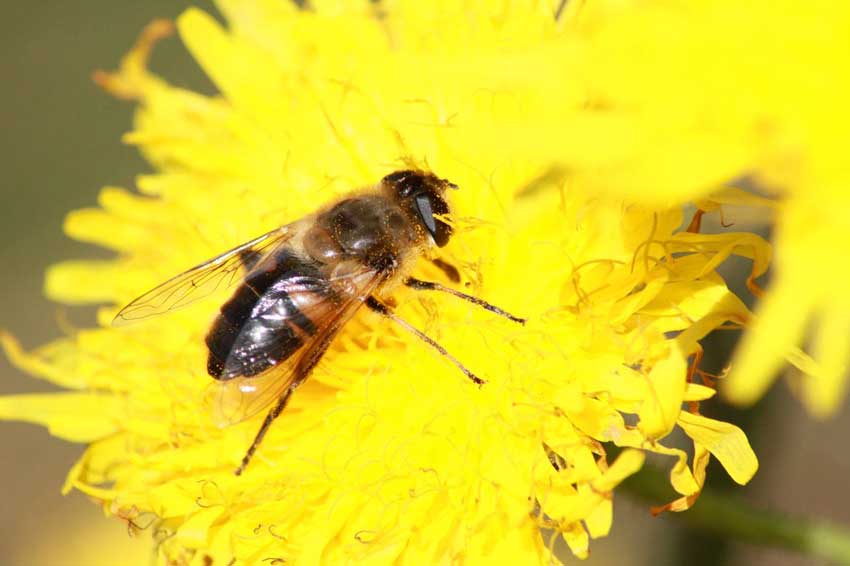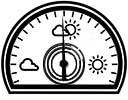Larvae Everywhere!
It seems as though my somewhat experimental preemptive artificial swarm technique has, at least to a certain extent, worked. With only one colony surviving the winter we wanted to ‘make increase’ this year. The fact that this colony had taken up residence in a hive next to the bedroom window also meant that there weren’t actually any bees in our apiary at the bottom of the garden. I was determined to split the colony and set up a new colony in the apiary.
I decided to perform an artificial swarm quite a lot earlier than I usually would and before there were even any tentative signs of them looking swarmy. My hope was that it would give them time to re-queen properly, for the queen to actually mate (which is often a problem here) and time for them to build up over the summer so that they were strong and healthy going into the winter. It would of course also be nice if they had time to make some honey for us.
I don’t want to get too excited as the bees always throw us a curveball, but so far so good. It’s been 5 weeks since I split them. Since the split, I left them for 6 days then inspected the queenless colony to remove all bar one of the queen cells. I’ve then left them to it with no disturbance.
It would have taken around 2 weeks from the split before the new queen would emerge, another 5-6 days for her to become sexually mature and then an indeterminate amount of time for her to go off on mating flights to collect enough sperm to fill her oviducts. Once the oviducts are full, the sperm migrates from the oviducts into the spermatheca, the long-term storage place for sperm. This is accomplished by a series of abdominal contractions and may take up to 40 hours. Any extra sperm is expelled from her body through the sting chamber and only then is the queen ready to begin laying.
So, 16 days after the split the queen should emerge, it’ll then be at least 8 days before she could possibly start laying. This of course almost never happens and it’s usually 14-21 days after emergence that she would actually start laying. It can of course be more, or she may (as is often the case here) be unsuccessful at mating. All being well a queenless colony following a split should therefore have a laying queen in it sometime around 30-40 days after the split. That’s why I left them for 5 weeks before inspecting them again. I didn’t want to disturb them whilst they were re-queening and wanted to give them plenty of time to do so. I also wouldn’t have done anything during an inspection whatever I found so leaving them alone was the best strategy.
The Weather
You’d think the hot sunny days we’ve been having would be ideal weather and our colony should be well on track. You’d be right, but that doesn’t figure into the equation the wind. The wind here has been howling at 30-40 knots all day every day throughout this period. So, I was a little worried that the queen wouldn’t have been able to go out on the all-important mating flights. She’d certainly have trouble flying too far to find a drone congregation area. I didn’t, therefore, know what to expect when I opened up the hive 5 weeks after the split.
Larvae Everywhere
I was pleased to see that this part of the process seems to have worked. The first frame I looked at had loads of eggs in it. The next frames had more eggs, larvae at all stages of development and even some sealed brood. It takes about 6 days for brood to be sealed so the queen must have been laying for at least that long. Based on the amount of sealed brood I’d say she’d been laying for more like 10-12 days.
I didn’t see the queen herself but it otherwise looked like a happy, healthy and fully functioning colony. There’s still plenty that can go wrong of course. The challenge now will be keeping them this way throughout a long summer, but at the moment it’s looking good.
The bedroom hive that this split came from is looking good too. They were much reduced by the split and had lots of new frames to draw out, but they are doing so and that too looks like a healthy colony at the moment. Who knows what will happen next?
I didn’t take any photos of the inspection, so here are some flowers from around the garden.






















Hopefully a good supply of honey later then